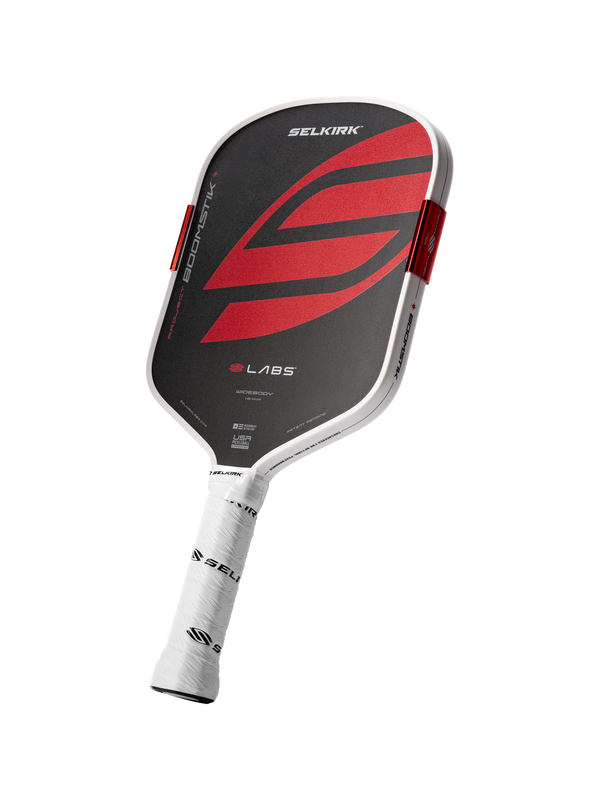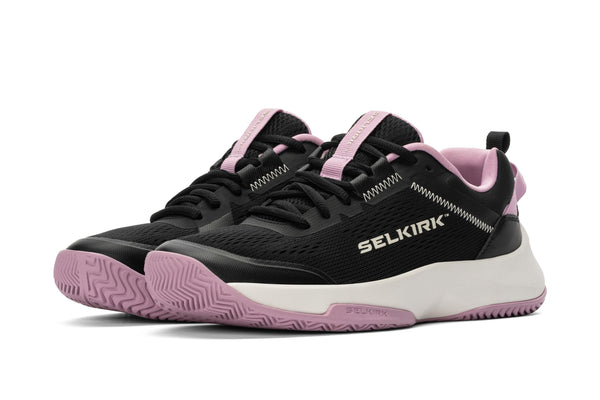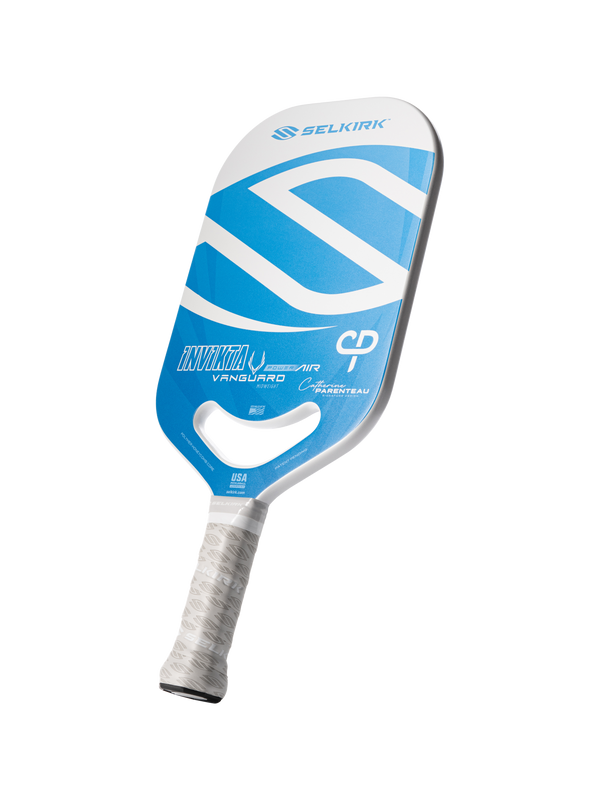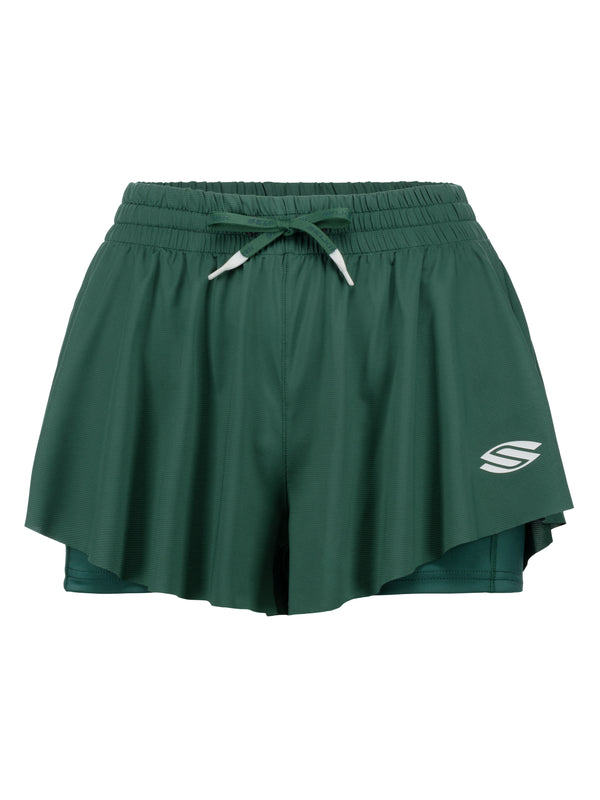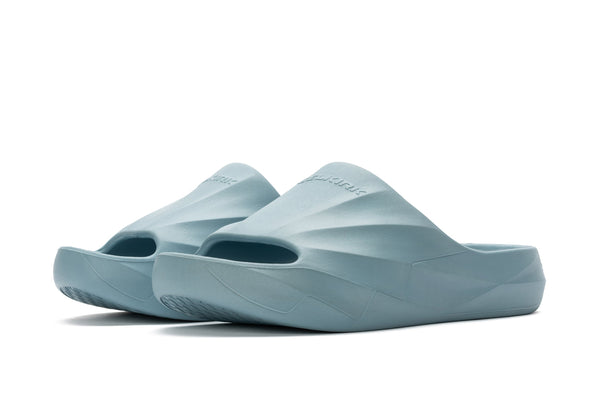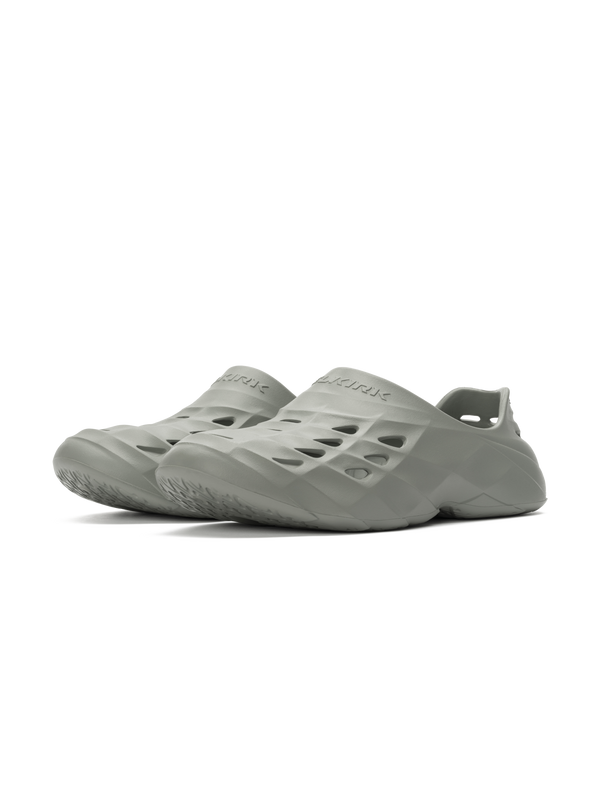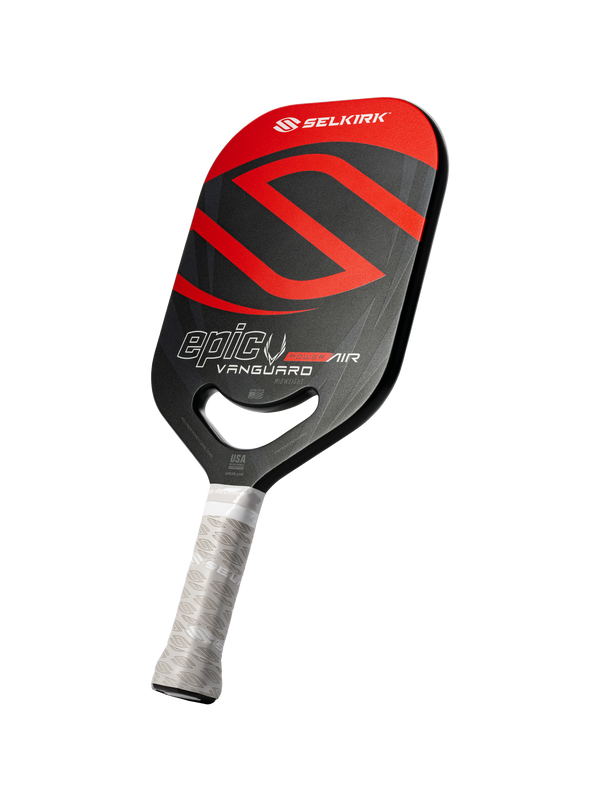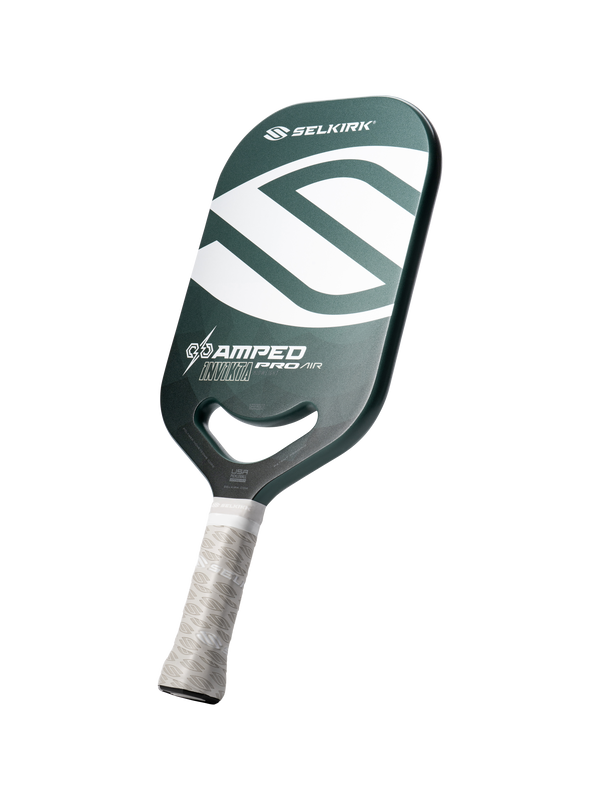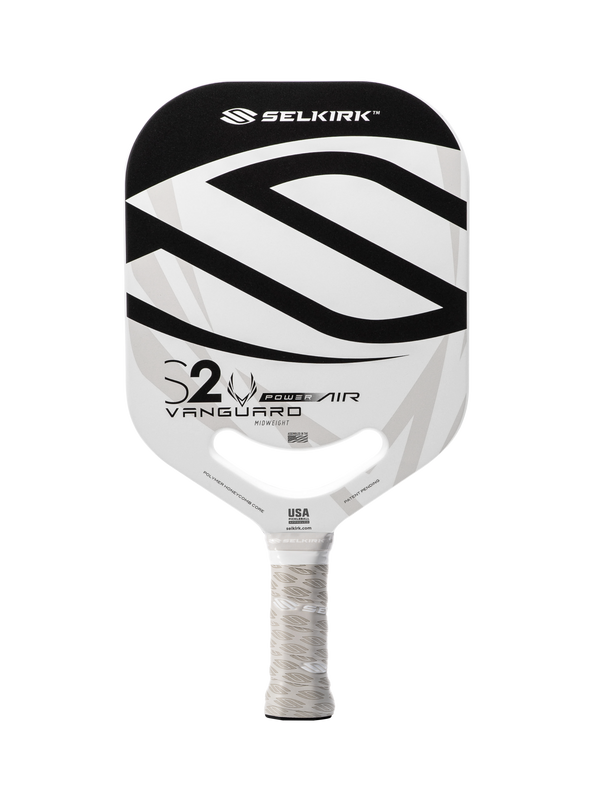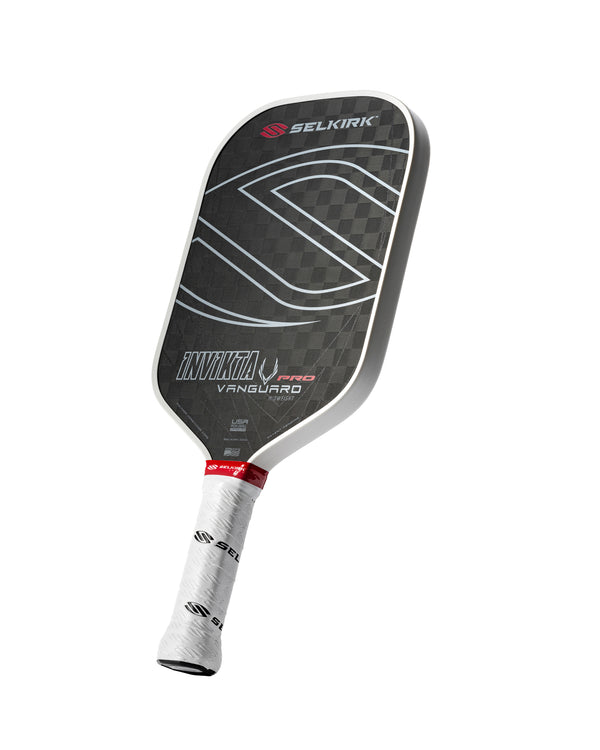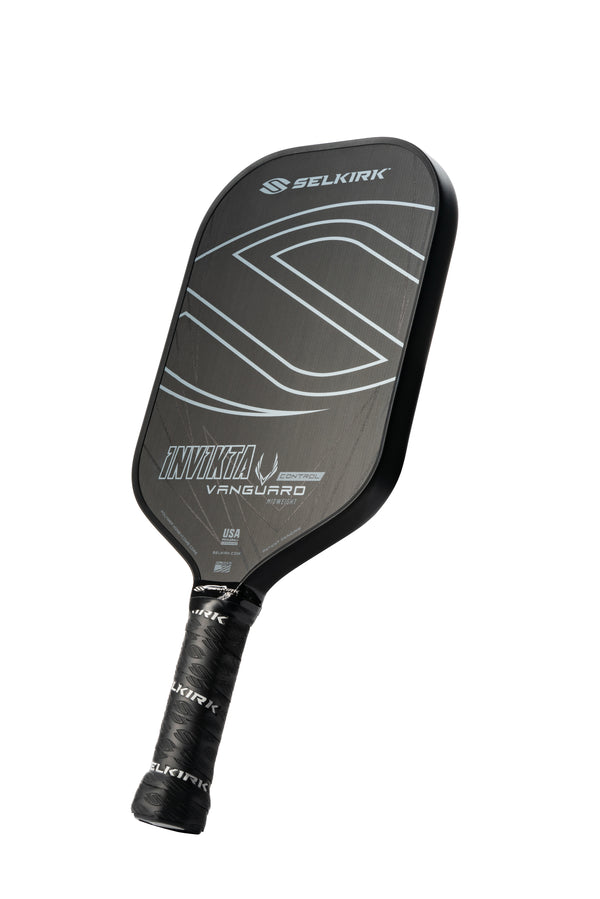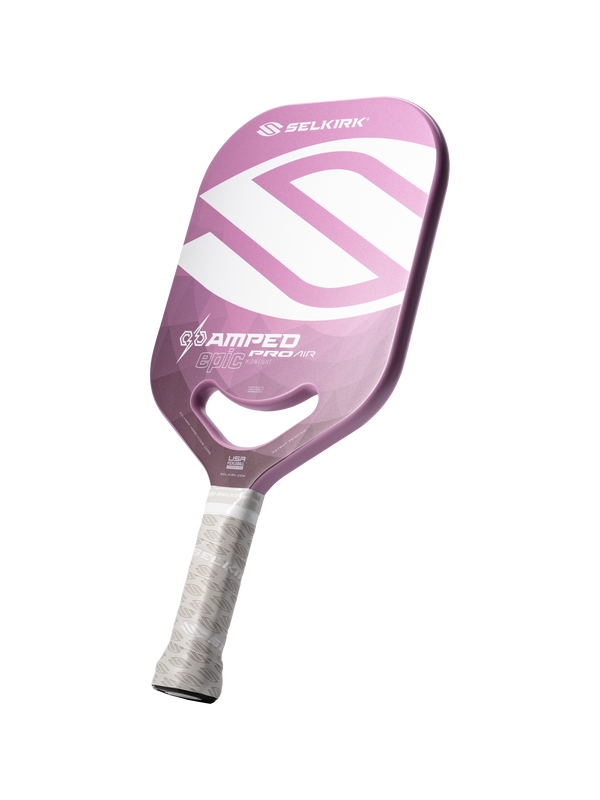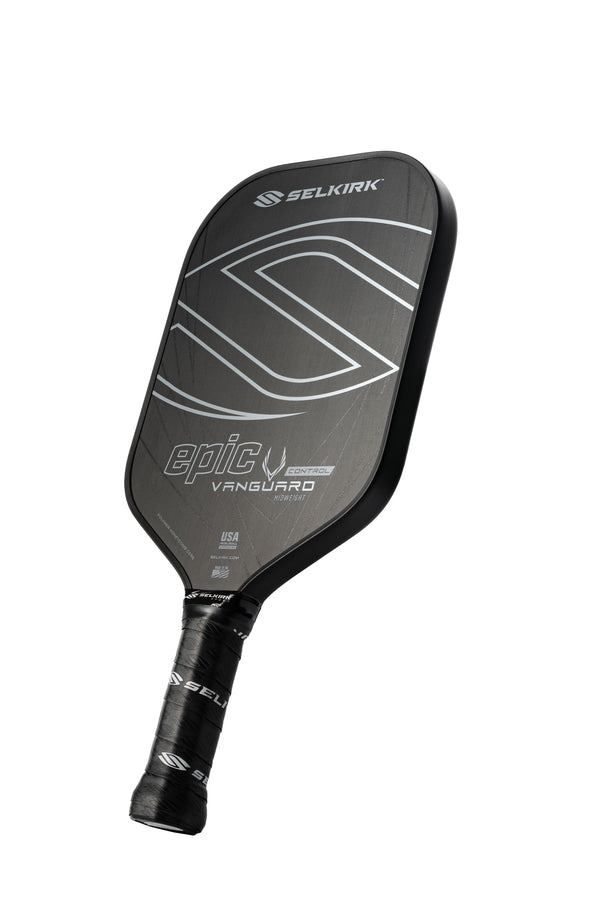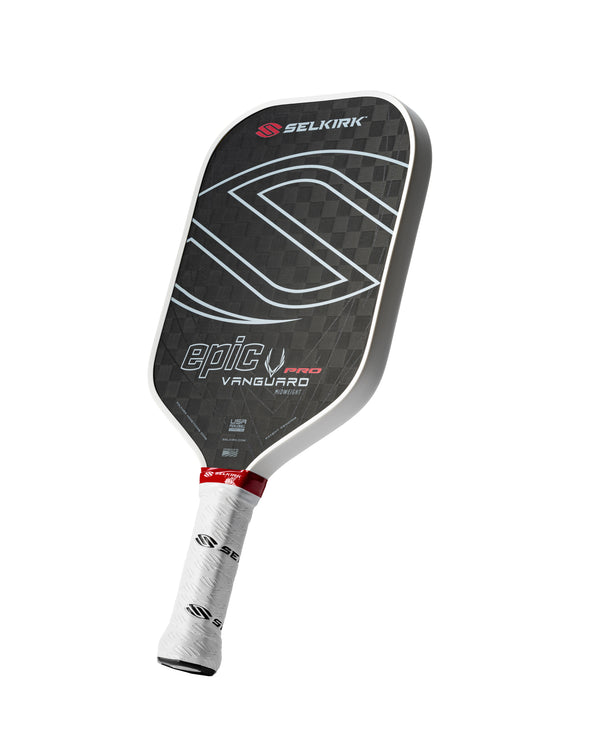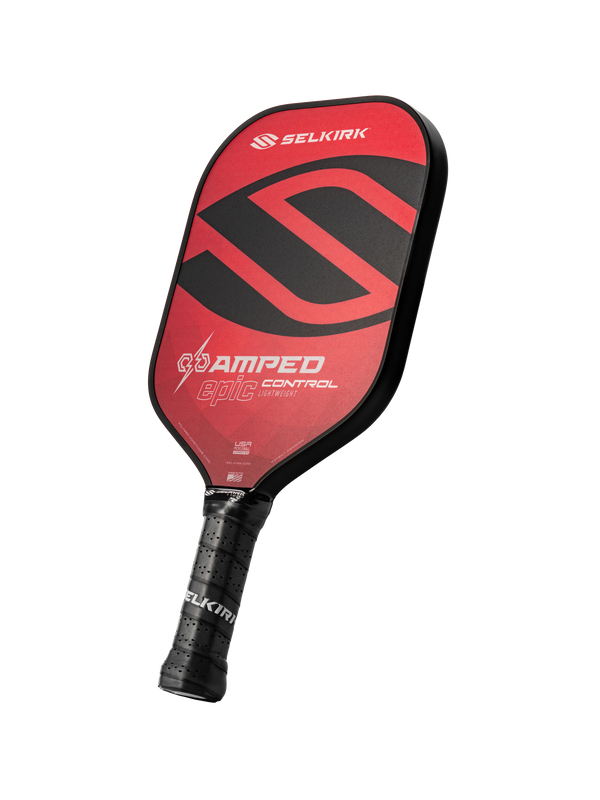
A common issue newer pickleball players have trouble with is where to stand on the court based on which shot you are receiving.
And while it may seem like a small issue, proper court positioning can have a large impact on who wins points. This is especially true in doubles play, where you have not only yourself but also your partner to consider.
In the latest episode of her “Impactful Efficiency in Pickleball” course on Selkirk TV, professional pickleball manager and coach Athena Trouillot teaches players a concept known as “following the ball” and how learning the concept can improve your game.
Shot selection at the kitchen line
Let’s consider this scenario: All four players are at the kitchen line and you are dinking crosscourt with your opponent. Your opponent accidentally pops the ball up. You now have three options for where you can hit the ball:
- Crosscourt
- Middle
- Down the line
While you may come up with a winner hitting to any of these spots, there is a greater win percentage with hitting to the middle or down the line.
When you are attempting to put pace on the ball crosscourt, there is a very small window to keep the ball in the court and away from your opponent’s forehand. At the professional level, most players who attempt a crosscourt attack are actually aiming at their opponent rather than the court because there is a higher percentage to win the point.
Because your crosscourt win percentage is so small, your better options are a shot to the middle or down the line.
Best court positioning to defend an attack
Now, remembering those two high-percentage shot choices, let’s pretend we are on defense. Envision you are the right-side player and the court is divided in thirds from sideline to sideline.
As there are only two players on each side, you and your partner can only cover two of those three sections. So, which two should you cover?
First, you must consider to which opponent you popped up the ball. If you pop the ball up to the player on the right side of the court (from your opponent’s perspective), you’ll want to cover the left two-thirds of your side of the court.
This means your partner should position themselves closer to the left sideline, while you should slide closer to the middle line.
If you pop the ball up to the player on the left side of the court (from your opponent’s perspective), the reverse is true. You should slide to the right sideline and your partner should slide closer to the middle line.
When you and your partner take up this court positioning, you are essentially daring your opponent to hit the lower-percentage crosscourt attack.
You never want to get into a position where both you and your partner are close to either sideline, leaving the middle open. A middle attack is the easiest shot of the three to make, meaning your opponent will win most of the time.
The follow-the-ball technique in pickleball
To help maintain proper court positioning, you and your partner should instill the follow-the-ball technique.
As the name suggests, this technique requires you and your partner to follow the ball wherever you hit it. So, where you or your partner hit the ball determines your court positioning for your opponent’s return.

For example, let’s say you are a right-side player and you hit a crosscourt dink. Your partner should now be close to the left sideline and you should be close to the middle line.
Now, your opponent returns the ball to your partner, and your partner hits a crosscourt dink. You and your partner should follow the ball, ending with your partner close to the middle line and you close to the right sideline.

It’s important to note that this drill is called follow the ball, not follow your partner. If you stay too close to your partner, you are leaving a large window of court open for your opponents to attack.
When to follow your partner instead of the ball
That’s not to say there aren’t certain scenarios in which you should follow your partner. In some instances, it is necessary to follow your partner rather than the ball to keep the rally going.
For instance, let’s say you are a right-side player and your opponent hits a deep crosscourt dink. You have to cross the right sideline to return the ball, pulling you way out of position.
Your partner should not stay in their normal position because that would leave two-thirds of the court open. Instead, your partner should shift to the middle of the court to help cover more area.

Where to hit the ball when you’re pulled out of position
Now, it’s also important to consider your shot selection when you do get pulled off the court. Most people will attempt to hit a fast-paced crosscourt shot.
There are two issues with this:
- It is a low-percentage shot.
- If you do make the shot, you and your partner are still in poor court positioning to receive the next ball.
If you hit the ball crosscourt, to use the follow-the-ball technique, your partner has to move from the middle line all the way to the left sideline and you have to recover from outside the court to the middle line. You likely won’t have time to resume proper court positioning.
Instead, when you’re pulled wide, consider hitting a ball at the opponent in front of you. Using the follow-the-ball technique for this shot allows your partner to resume their court positioning just next to the middle line. Then, you can easily take two quick steps back on the court to be in the proper position next to the right sideline.
Now, you and your partner are prepared to hit the next ball and resume your follow-the-ball technique.
How to avoid setting your opponent up for an Erne
Of course, as with every rule, there is an exception. In high-level play, you’ll come across players who like to execute an Erne, a volley hit near the net by a player positioned outside the court or in the process of leaping outside the court.
If you are playing such an opponent, you’ll likely want to avoid hitting your reset ball in front of your opponent when you are pulled wide. Doing so will set them up for an easy Erne put-away.
Instead, reset the ball toward the middle of your left-side opponent’s half of the court. Your opponent will not be able to reach the ball for an Erne (unless they’re 7 feet tall), and you’ll be able to resume proper court positioning.
Download the Selkirk TV app HERE to watch the complete episode and many other Selkirk TV original shows, podcasts, lesson series from the pros, and much more.


